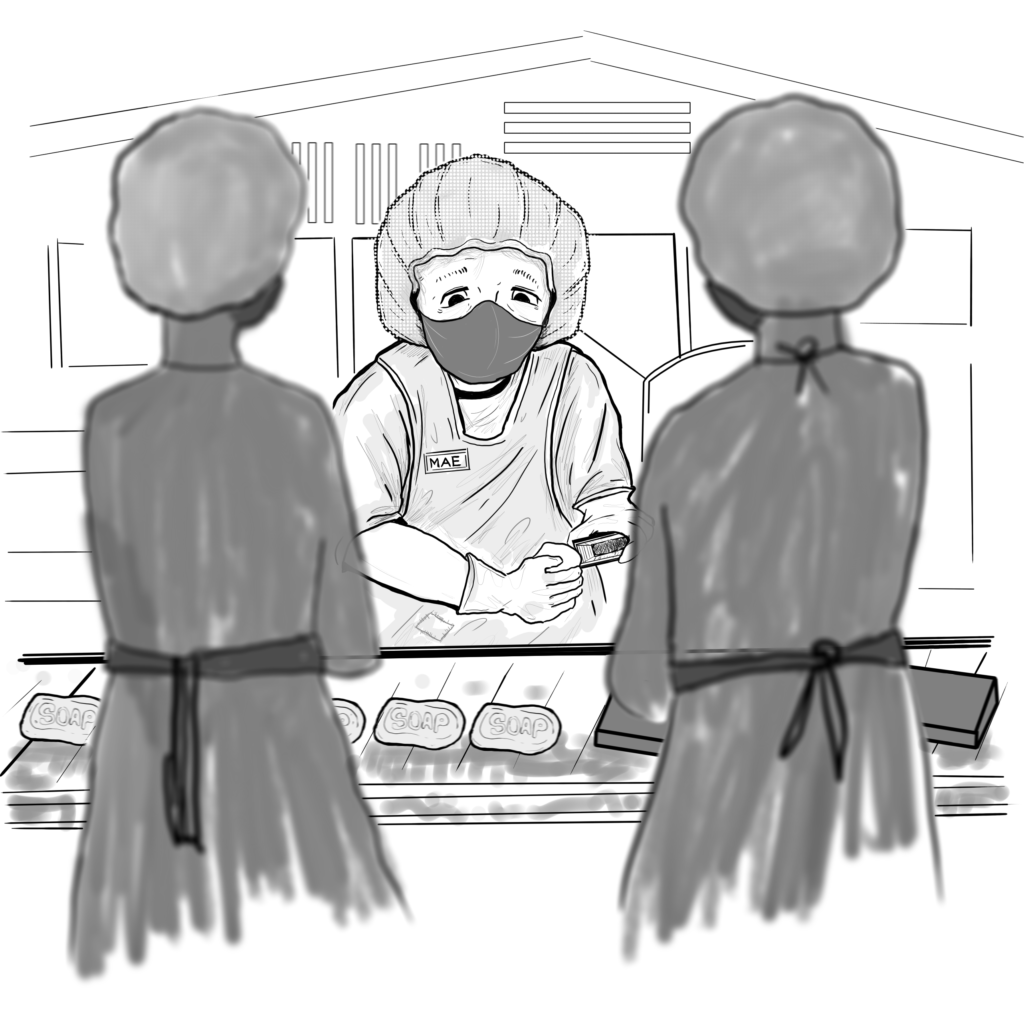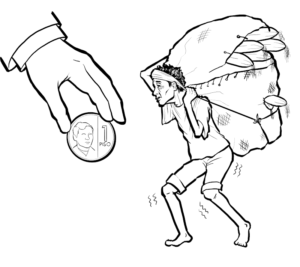
Correspondence Exploitative 'piece-rate' system in soap factory
The weekly take-home pay of workers like Mae depends on the amount of soap they produce. She and her co-workers work under this so-called “piece-rate” system. This violates their rights as workers to a fixed 8-hour paid workday.
In their factory, workers are usually paid ₱27 per 100 pieces of soap (or ₱0.27 per piece). As consolation, greedy capitalists recently raised it to ₱31 per 100 pieces or ₱0.31 per piece.
They will further apportion this to team workers. “If there are five of us in the team, for example, the ₱31 we earn…is equivalent to ₱6.20 per worker,” said Mae in an interview with Malayang Pilipina, the newspaper of the Makabayang Kilusan ng Bagong Kababaihan (Makibaka).
She said one kind of soap that they mold, refine and package is usually sold for ₱38 in the market. For each soap, she receives only ₱0.04 which is almost 1,000 times lower than its market price.
Mae has been working in this factory for sixteen years. She is nearly a senior citizen. Despite having worked for almost two decades she remains a “piece rate” worker.
“At first I just persevered until it took this long. I’m pursuing my SSS so I can avail whatever pension I can get because I’m turning 60 in three years. And if I stop, what employment can I find?” she said.
Her daily wage does not exceed ₱1,000. Compulsory charges for SSS, Pag-IBIG and PhilHealth are deducted. Sometimes she only gets to work two or three times a week in the factory.
Mae said their family usually spends ₱400 just for food and transportaion, not yet covering fees for electricity, water, house rent and other expenses. “I spend ₱100 just for my daily fare, including food…the ₱250 I earn for 4 hours of work is not really enough anymore,” she shared.
Gross working conditions further exploit them. They are required to wear hairnets, aprons, and face masks which result in breathing difficulties amid the extreme heat. Add to this the strong scents of soap. They are also prohibited from eating or drinking water at their stations.
Moreover, the capitalist is further reducing the number of workers, which was first implemented during the height of the pandemic. Five years have passed, but the capitalist has yet to hire more workers. The amount of soap produced by their group of 16 piece-rate workers is equivalent to what 80 workers used to make.
As consolation to long-staying piece-rate workers, they sometimes are considered “regular” piece-rate.
Mae is aware of the complex difference between the conditions of piece workers and that of regular workers–from wages and benefits, to being subjected to inhumane labor conditions. She said, “In fact, we are at the losing end because manual piece-rate work is heavier compared to regulars who work with machines.”
The separation pay given to piece-rate workers is also very low, where they are given only ₱1,000 for every year they worked in the factory.
Amid several levels of exploitation, Mae said workers face the fear of unionizing and taking action. “Our fight now is for regularization. The problem is that they don’t want to join organizations yet and fear fighting ‘the factory,'” she said.
Nevertheless, Mae perseveres in explaining their rights to her fellow workers, and thinks of various ways to gradually break the fear her fellow workers feel and bring this to the path of struggle. As a Makibaka member in the community, her collective is consciously planning to organize the workers not only in their factory but also in its proximity.
They formed an alliance of urban workers pushing for wage increases. They continue efforts to push the emergence of unions and many other community and factory workers’ organizations.
She is optimistic that workers will very soon be mobilized within their factories to demand the rights for regularization and a living wage.
From Malayang Pilipina, August 2024.













